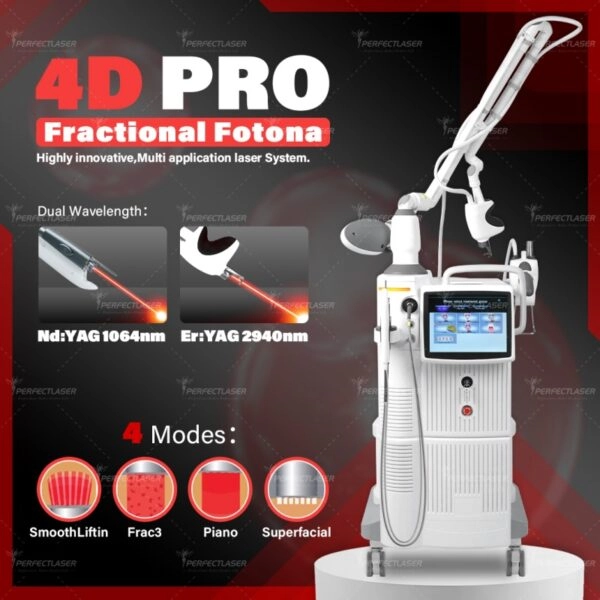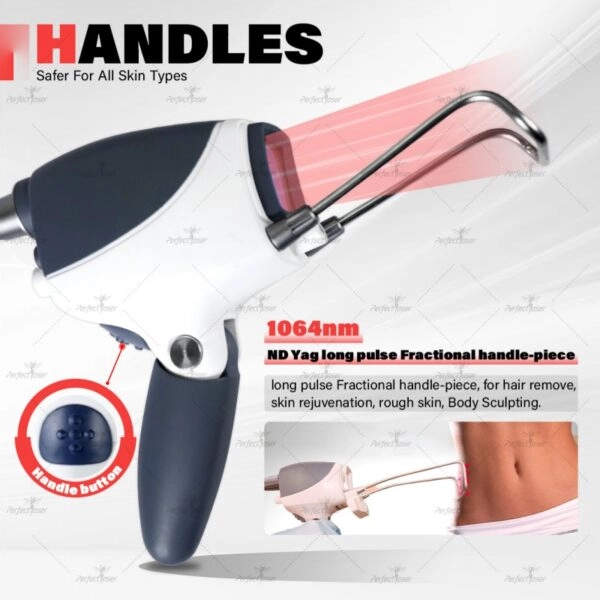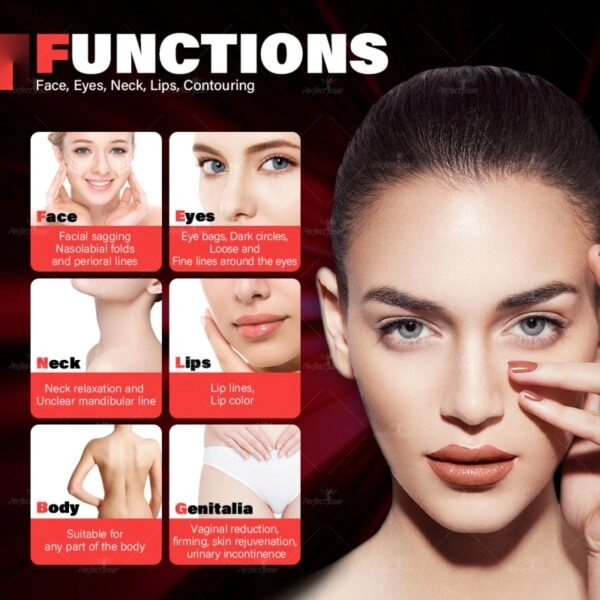
CO2 fractional laser treatments make a huge difference. They address wrinkles, acne scars, and uneven skin tones. These treatments are precise and work well. They gently help your skin renew itself. But let’s be honest—right after, your skin might look red. It could feel puffy too. That’s totally normal! Knowing why this occurs helps. Understanding proper skin care makes recovery easier. That means you’re on track for those beautiful results you’re after.
This guide explains your skin’s reaction. It gives simple, proven tips. These will help you feel comfortable during the first few days post-treatment. With a little TLC, you’ll glow soon!
Why Your Skin Gets Red and Puffy
What’s Causing the Redness and Puffiness?
The CO2 laser creates tiny, deliberate marks on your skin. These marks kick your body’s healing mode into gear. Blood flows to the area, which brings on the redness and a touch of swelling. The laser also sparks collagen production. That’s the magic ingredient for firm, smooth skin. It’s what gives you that fresh, radiant vibe. But while your skin’s working on itself, you might notice some inflammation.
Why Does the Laser Cause Inflammation?
The laser uses a powerful beam to zap away old or damaged skin cells. This leaves your skin looking smoother and brighter. Your immune system steps in to patch things up, which causes some inflammation. How red or puffy you get depends on the treatment’s intensity. CO2 lasers pack a bigger punch than milder ones. So, expect a bit more action while your skin heals.
Why Does Healing Vary?
Everyone’s skin has its own personality. Your age makes a difference. So does your skin type. Your general health plays a role too. Drinking enough water helps a ton. If you’ve got sensitive skin or other skin quirks, you might see more redness or puffiness. These factors decide how long the swelling hangs around.
Simple Tricks to Ease Redness and Swelling
1. Cool Things Down with Cold Compresses
For the first day or two, grab a cold compress when you can. It’s a lifesaver for calming swelling and soothing your skin. Wrap an ice pack in a soft, clean cloth. Place it on your skin for 15–20 minutes every few hours. Don’t let the ice touch your skin directly. That could hurt it instead.
2. Sleep with Your Head Propped Up
Try sleeping with your head raised to keep puffiness in check. It’s super helpful around your eyes. Toss an extra pillow or two under your head. A recliner works like a charm too. Keep this up for the first couple of nights after your session.
3. Clean Your Skin with Care
You need to keep your skin clean, but don’t go hard on it. Rough cleaning can bother your healing skin. Pick a gentle, fragrance-free cleanser made for sensitive skin. Skip scrubs or anything with exfoliants. Some doctors suggest a mild vinegar mix. Just blend 1 tablespoon of white vinegar with 1 cup of water. Use it to gently clean your skin for the first few days.
4. Moisturize to Protect Your Skin
Moisturizing is your skin’s best friend during recovery. It helps rebuild the protective layer. Go for a gentle, non-irritating moisturizer. A thick ointment like petroleum jelly is awesome too. It locks in moisture and keeps your skin safe. Check with your doctor on how often to slather it on. Look for products with ceramides—they strengthen your skin’s shield. Hyaluronic acid is great too. It hydrates without clogging your pores.
5. Hands Off the Itch
Your skin might get itchy or start flaking. Don’t pick or scratch, no matter how tempting. That can lead to scars or infections. Let any crusty bits or peeling fall off naturally. Be patient—your skin’s doing its thing.

Extra Tips for a Smooth Recovery
Keep the Sun at Bay
Sun exposure might slow down your recovery. It could even cause problems for your skin. Avoid direct sunlight completely for at least four weeks post-treatment. When going outdoors, generously apply sunscreen. Choose SPF 30 or higher. Make sure it’s broad-spectrum for full protection. A wide-brimmed hat is also a smart move. Don’t skip sunscreen indoors either. Windows don’t stop all UV rays. Remember: CO2 laser treatment makes your skin extra light-sensitive. Daily sunscreen is a must during healing.
Hold Off on Harsh Products
Steer clear of strong skincare products for at least 4 weeks. That means no retinol, glycolic acid, or other intense stuff. They can irritate your healing skin. Once the redness starts fading—usually after a week—you can ease these products back in. Talk to your skincare pro first. Start with a tiny bit. Use them every few days to avoid any trouble.
Fuel Your Skin with Food and Water
Your diet impacts healing speed. Sip water steadily throughout the day. Well-hydrated skin bounces back quicker. Fill your plate with vitamin-rich foods. Antioxidant-packed choices are great too. Think: berries, leafy greens, carrots, or bell peppers. These help your body fight inflammation. Also include foods like salmon, walnuts, or chia seeds. They contain omega-3s. These fats help soothe your skin.
When to Call Your Doctor
A bit of redness and puffiness is no big deal. But some signs mean you should reach out to your healthcare provider. Give them a call if you notice:
- A fever over 101°F (38.3°C).
- Pain that doesn’t ease up with your prescribed meds.
- Green or yellow gunk coming from the treated area.
- Redness or swelling that’s getting worse.
- Signs of infection, like warmth or pus.
Getting help fast can nip problems in the bud. It keeps your recovery on track.
Why Great Equipment Makes a Difference
Advanced technology elevates your treatment. This leads to stronger outcomes. It also shortens recovery time. A quality CO2 fractional laser can be adjusted for your skin. It precisely targets concerns like fine lines. It handles stubborn acne scars too. The process is safe and accurate. Choosing an experienced team matters. Using top equipment increases safety. It also makes healing much easier. You’ll feel assured throughout your skincare journey.

Managing redness and swelling is an important aspect of CO2 laser treatment from Perfectlaser. Follow these simple tips to help your skin heal effectively. With consistent care and patience, your skin will emerge smoother. It will look radiant. You’ll appreciate the outcome. Stick to these steps for great results.
FAQ
Q: How should I clean my skin after the treatment?
A: Be very gentle! Choose a mild cleanser without fragrance. Pick one made for sensitive skin. Avoid scrubs completely. Also skip anything with exfoliants. These can irritate healing skin. Some doctors suggest a gentle mix: 1 tablespoon white vinegar in 1 cup of water. Use this carefully for the first few days. Always pat your skin dry. Never rub.
Q: What kind of moisturizer should I use during recovery?
A: Pick a calming moisturizer or thick ointment. Petroleum jelly works well. These help hold onto moisture. They also shield your skin. Try products with ceramides. These rebuild your skin’s protection. Hyaluronic acid is another good choice. It hydrates without blocking pores. Check with your doctor about how often to use it.
Q: Can I use my regular skincare products after the treatment?
A: Not immediately. Generally avoid strong products for 4 weeks. This includes retinol or glycolic acid. They might bother healing skin. Wait until redness fades. This usually takes a week. Then slowly add products back. Always talk to your skincare specialist first. Start with tiny amounts every few days.

